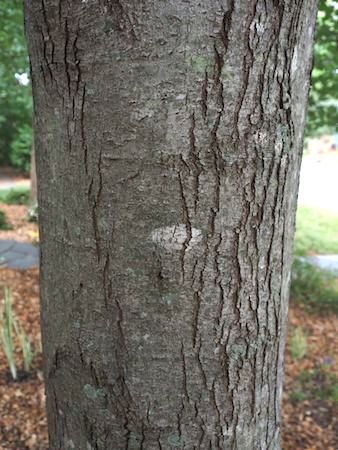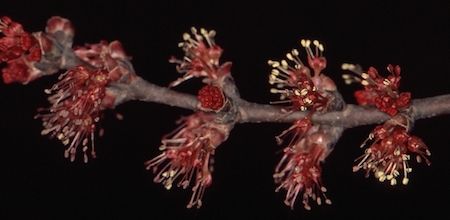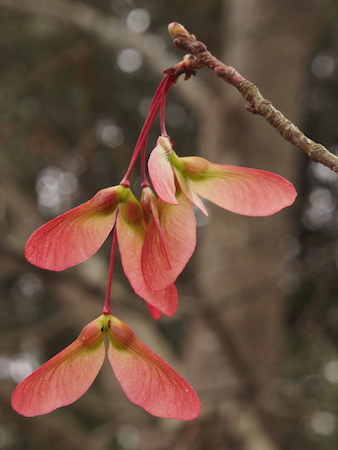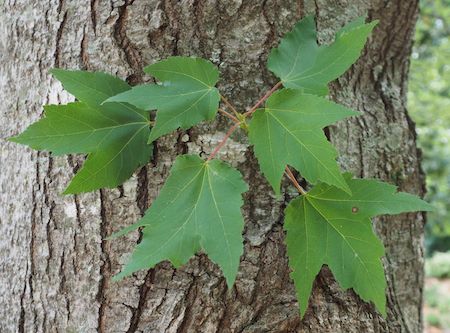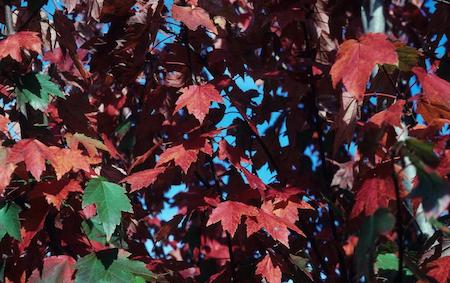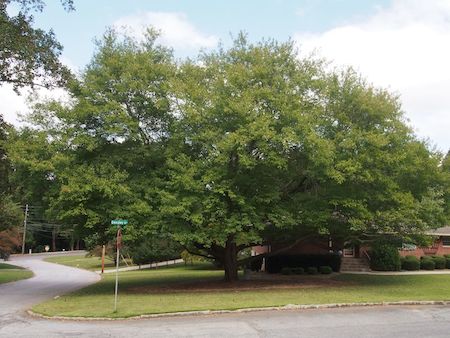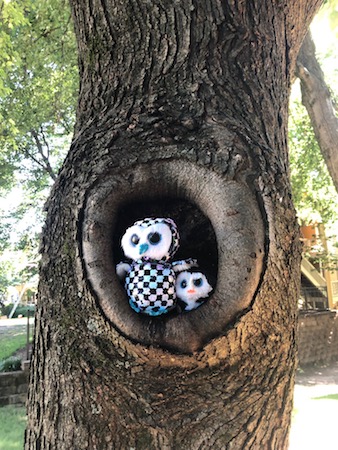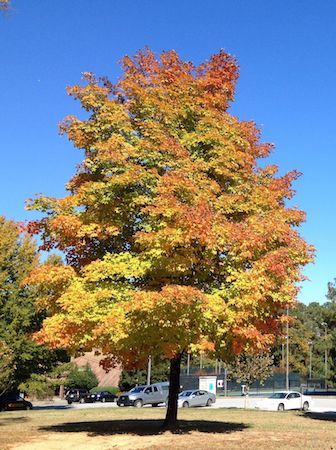Red Maple
Specifications
- Latin (scientific) name: Acer rubrum. Acer is classic Latin for maple; rubrum is Latin for red, referring to the flowers, leaf stems (petioles), and fall foliage.
- Life expectancy: Up to 150 years
- Height: 95 feet
- Circumference: 9-1/2 feet
-
The height and circumference measurements listed here are for the largest-known red maple in Atlanta. This tree is located in Dearborn Park in Decatur.
-
Special characteristics:
This is a hard maple, unlike the soft wood of a silver maple. The tree is very common in the South and is one of the first hardwood trees to sprout up on cleared land. It prefers to live in wetter areas.
This tree is distinguished by its red leaf stems, and its leaves turn bright red in fall. The tiny flowers are red, and the winged seeds are red as well. No wonder the Latin name has the word red ("rubrum") in it.
-
Annoyance factors:
The roots are often right on the surface of the ground, which can be unsafe for walkers.
The lower part of the tree often drops dead twigs.
-
Fun Facts:
Sugar was drawn from this tree by the settlers, but the amounts were much lower than from sugar maples. Also, ink and a cinnamon-colored dye were made from this tree long ago.
Go under this tree when the winged seeds are falling. They look like helicopters descending from the trees. Grab a handful of these seeds from the ground and recreate the experience. Here’s something to show the kids!
-
Photo Credits:
Tree, Bark, Leaves, Seeds, and Black Maple: Peter Jenkins, TreeInspection.com
Fall leaves: John Ruter, University of Georgia, Bugwood.org
Flowers: Jerry Payne, Bugwood.org

